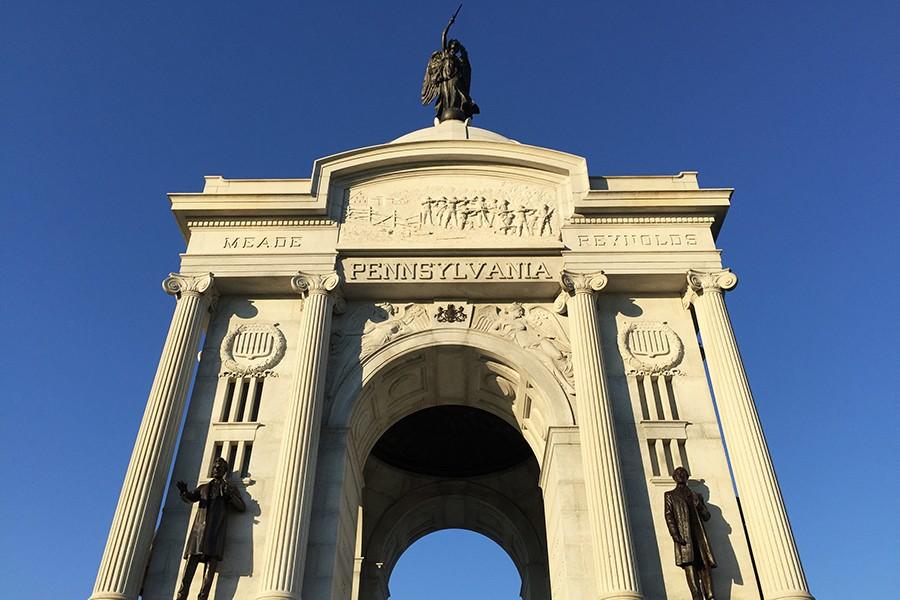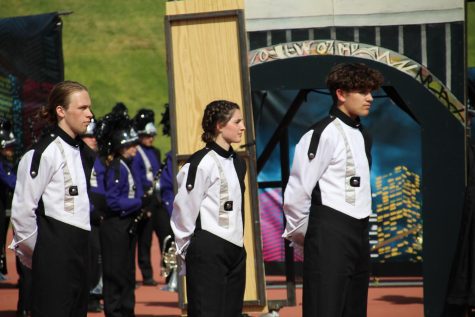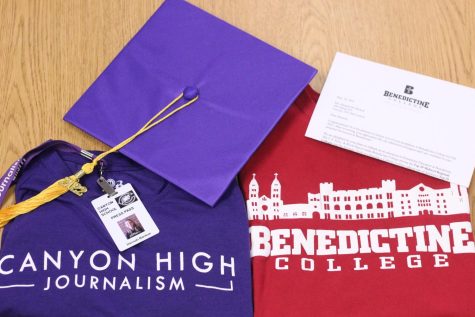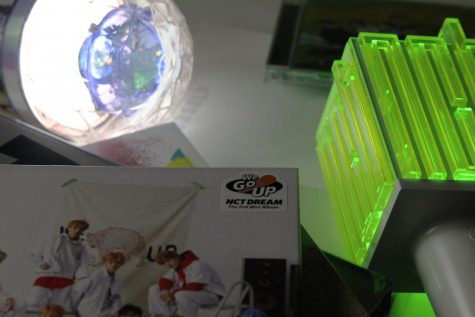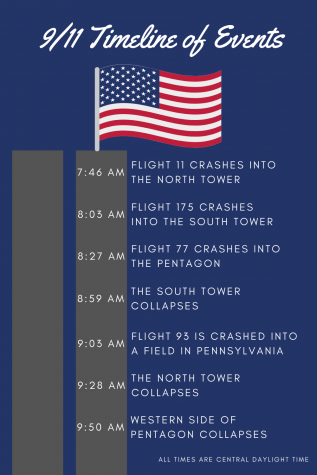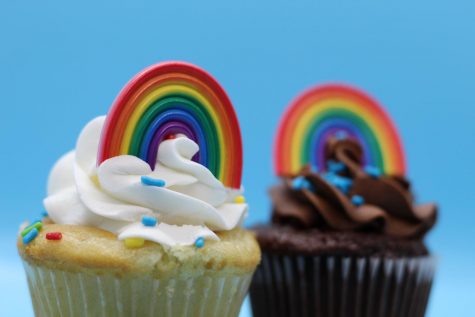Gettysburg visit reveals history, inspires patriotism
Rodriguez visited Gettysburg, Pennsylvania this summer.
Large statues, old cannons with wear, open fields with endless crossed fences and a town of 8,000 filled with thousands of tourists to see where some of the most grueling history took place on American soil.
We were first greeted at a restroom stop by an experienced tour guide when we arrived at Gettysburg. He gave us a 10-minute history lesson and suggested the interesting places to visit. The guide pointed at simple houses and walls and explained how the barn 100 yards away from where we were standing functioned as a confederate field hospital that housed 300-450 confederate troops.
Around 53,000 soldiers from both sides were killed, wounded, captured or missing during the course of three days according to our tour guide. Gettysburg has more than 1,400 monuments, markers and tablets around the town, roads and peaceful fields. As we passed statues, antique cannons and earthen ramparts, we made our way into town and got the chance to sneak a glance at the famous Jennie Wade House. Jennie Wade was the only civilian casualty during the battle of Gettysburg as she tended union soldiers in her house. On the second day, confederate soldiers began shooting at the now famous house. Eventually, a confederate bullet smashed through the front door and wall, making its way to Jenny Wade’s upper back.
The museum was our first stop where saw all kinds of gear and antiques used during those three days of the battle. Everything from types of rifles, ammunition, clothes and even state buttons and belt buckles signified where soldiers came from. We got to enjoy the amazing Cyclorama painting and experienced a short tour from the loud booming audio and artificial sound effects of the battle that had spot lights on the part of the display he was discussing. The room would go dark and a light would shine on The Peach Orchard as he discussed the details of the battle, like how many soldiers were casualties, the outcome, how it began and so forth. The Gettysburg Cyclorama, the largest oil painting in all of North America, spans 377 feet (larger than a football field) in circumference, is 42 feet high (larger than a four story structure) and has immense detail and accuracy.
We enjoyed our burgers and fries on the outside patio of The Dobbin House Tavern, which was built in 1776. We then did some shopping around town and met some women dressed up in mid-1800 attire, who informed us about the Ghost tour which we later attended that night.
After our lunch, we began our journey around town and the fields seeing all of the famous battle sights, including Devils Den, The Peach Orchard, Pickett’s Charge, The Wheatfield and more. The State of Pennsylvania Monument bears the names of Pennsylvanian soldiers who participated in the Battle of Gettysburg. I ended the afternoon at the Gettysburg cemetery where I saw a shocking number of unmarked graves. Standing at the very spot of where Lincoln’s Gettysburg Address took place was a very surreal moment in my life. Such a great leader had stood here and impacted our nation immensely.
I left Gettysburg a better American.
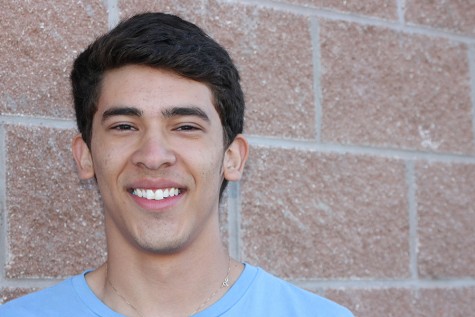
My name is Alejandro Rodriguez, and I am currently on my third year as a staff reporter for the newspaper the Eagles Tale. I am also on my second year of varsity football as a wide receiver and defensive end. Playing video games and hanging out with my...

